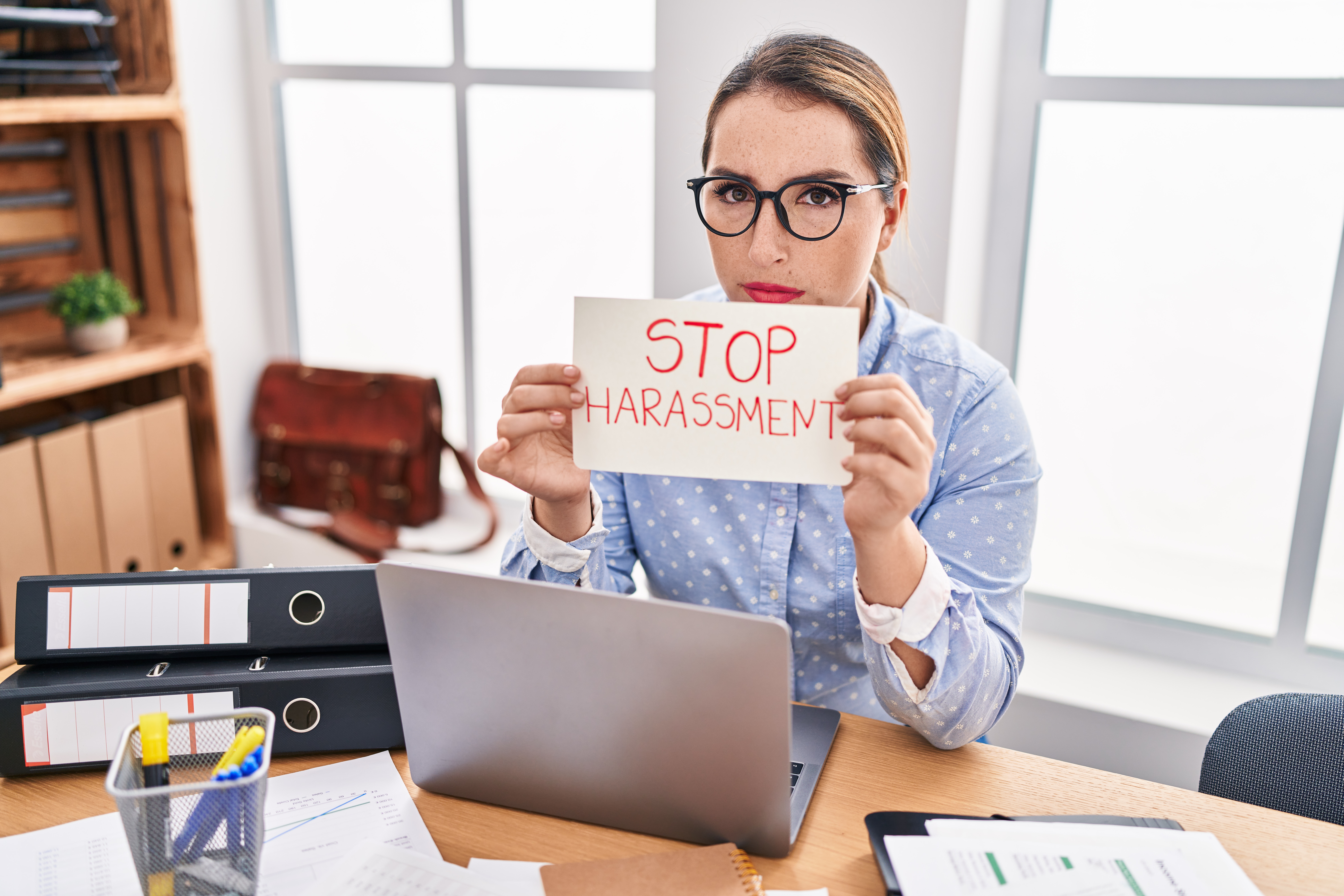Return To Work: How do we safely re-occupy buildings?
By: Bridgetower Media Newswires//June 5, 2020//
Return To Work: How do we safely re-occupy buildings?
By: Bridgetower Media Newswires//June 5, 2020//

Many businesses moved with alarming speed to transition their workforce out of their physical workplaces to remote locations housed in dens, kitchens and other not-so-traditional spaces.
Over the past several months, many new stay-at-home workers have done their best to acclimate to different technologies, while doing the best they can with more limited resources than their traditional office spaces. There will undoubtedly be a push to keep some of the creature comforts of working from home (sweatpants Friday?), but there is a push to get back into the offices companies are paying rent not to occupy now, even if done on a part-time basis. The million-dollar question is how to safely re-occupy buildings. It turns out there is a tool for that.
There are actually numerous tools available to assess office safety for re-opening and returning to work. On May 6, the American Institute of Architects provided their own guidance in the form of a Re-occupancy Assessment Tool V1.0. The 19-page PDF was developed by the AIA’s Disaster Assistance Committee and its purpose is “to provide architects, private clients, and civic leaders a framework of strategies for reoccupying buildings and businesses that are in the process of transitioning from being fully closed to fully open.”
The document includes various “strategies and general mitigation measures that can help reduce exposure to COVID-19” with a goal of promoting “best practices that protect the health, safety, and welfare of the public while creating opportunities for businesses, schools, restaurants, and other non-essential facilities to provide services.” The tool is based on the reality that the risk of infection can only be flattened and not eliminated entirely.
The CDC notes that controlling exposures to occupational hazards is the fundamental method of protecting workers. They developed a hierarchy of controls on a range of most to least effective: Elimination (physically remove the hazard), Substitution (replace the hazard), Engineering Controls (isolate people from the hazard), Administrative Controls (change the way people work) and PPE (protect the worker with personal protective equipment).
The AIA Tool focuses on engineering and administrative controls, as well as PPE. The reason the other two are left out is that substitution does not work (there is no available substitution for COVID-19) and elimination is best accomplished by workers remaining at home (which is inapposite from the re-occupancy focus of the toolkit).
Each control has a series of boxes to allow the user to assess whether something is essential or desirable. Each control is meant to be advisory and there are subcategories for whether something is deemed by the user to be essential or desirable. The kit further notes the difference between essential businesses focused on maximizing operations, and non-essential businesses that may be pursuing either restricted or full occupancy.
Physical controls are broken down into site and site arrival, building envelope, fixtures and furnishings, plumbing and HVAC. Simple things like the ridesharing culture and co-working environments now present elevated risks for exposure to the virus and should be accounted for. Businesses are encouraged to share guidance not just on what to do at work, but getting to work. Once in the building, the checklist identifies ways of making access to areas touchless and reducing density. Further, the AIA notes that while making changes to air flow may be desirable to combat COVID-19 exposure concerns, care must be taken to look at the intended design and operation of HVAC and other systems so that solving one problem does not create another.
Administrative controls focus on assessing what policies or procedures are already in place, and what should be added/updated because of the unique circumstances of COVID-19. There are numerous suggested controls for procedures to reduce the spread of pathogens (such as providing touchless hand soap and towel dispensers), as well as for supporting physical distancing (including using communication boards or digital messaging to convey pre-shift meeting information). Many of the procedures continue the theme of adding touchless components to the building and/or its amenities.
PPE controls, when properly used, “may be needed to prevent certain exposures but should not take the place of other preventative measures.” The PPE checklist is light in comparison to the other categories, but does mention using CDC guidelines to identify when and what protection is to be used. The AIA material closes with an appendix, which includes design tools and methods to support physical distancing guidelines.
In its press release, the AIA noted that the tool was the outgrowth of work by a multi-disciplinary team of architects, public health experts, engineers, product designers and facility managers using credible science to evaluate behavioral, spatial, material and operational strategies to customize the tool for a variety of types of buildings.
Returning to work for most will not be quick and will require many people thoughtfully evaluating numerous considerations while attempting to make thoughtful decisions in a new and uncertain environment. Relying on guidance from the CDC, the World Health Organization and other institutions focused on controlling and preventing disease is wise. So too may be including perspectives of the people who designed and built the buildings in the first place.
Legal News
- Wisconsin attorney loses law license, ordered to pay $16K fine
- Former Wisconsin police officer charged with 5 bestiality felony counts
- Judge reject’s Trump’s bid for a new trial in $83.3 million E. Jean Carroll defamation case
- Dozens of deaths reveal risks of injecting sedatives into people restrained by police
- The Latest: Supreme Court arguments conclude in Trump immunity case
- Net neutrality restored as FCC votes to regulate internet providers
- Wisconsin Attorney General asks Congress to expand reproductive health services
- Attorney General Kaul releases update at three-year anniversary of clergy and faith leader abuse initiative
- State Bar leaders remain deeply divided over special purpose trust
- Former Wisconsin college chancellor fired over porn career is fighting to keep his faculty post
- Pecker says he pledged to be Trump campaign’s ‘eyes and ears’ during 2016 race
- A conservative quest to limit diversity programs gains momentum in states
WLJ People
- Power 30 Personal Injury Attorneys – Russell Nicolet
- Power 30 Personal Injury Attorneys – Benjamin Nicolet
- Power 30 Personal Injury Attorneys – Dustin T. Woehl
- Power 30 Personal Injury Attorneys – Katherine Metzger
- Power 30 Personal Injury Attorneys – Joseph Ryan
- Power 30 Personal Injury Attorneys – James M. Ryan
- Power 30 Personal Injury Attorneys – Dana Wachs
- Power 30 Personal Injury Attorneys – Mark L. Thomsen
- Power 30 Personal Injury Attorneys – Matthew Lein
- Power 30 Personal Injury Attorneys – Jeffrey A. Pitman
- Power 30 Personal Injury Attorneys – William Pemberton
- Power 30 Personal Injury Attorneys – Howard S. Sicula











